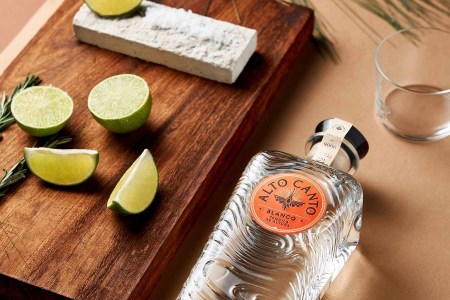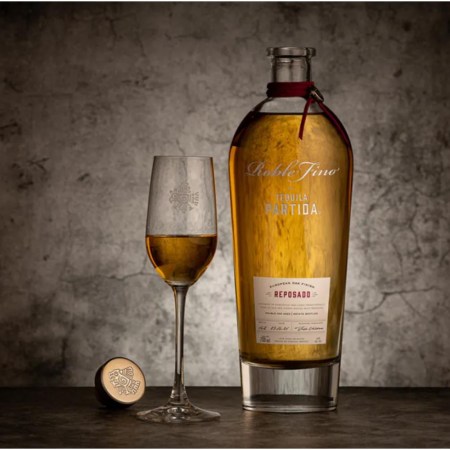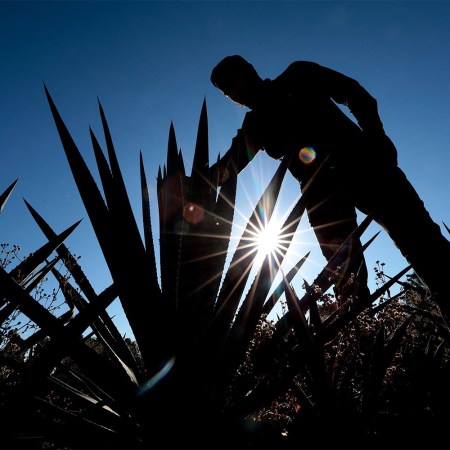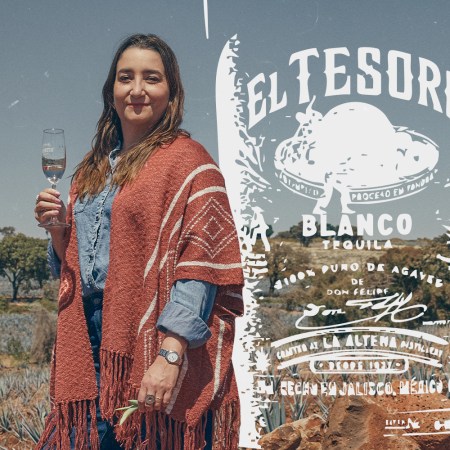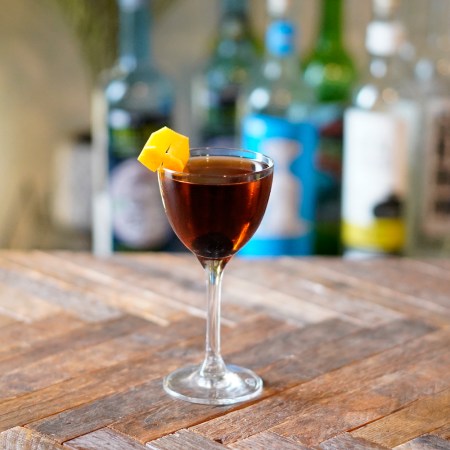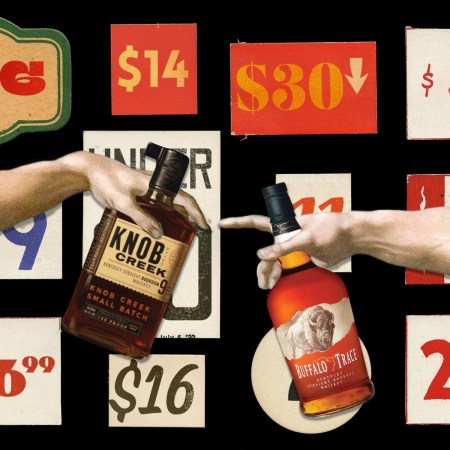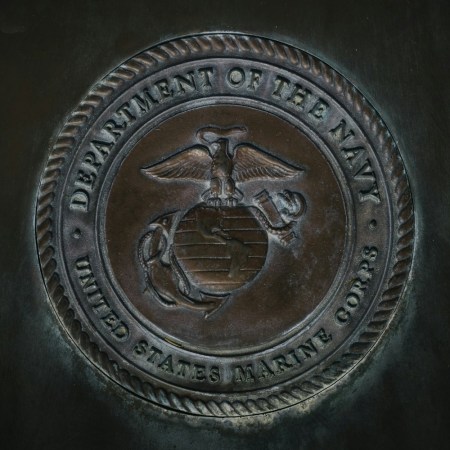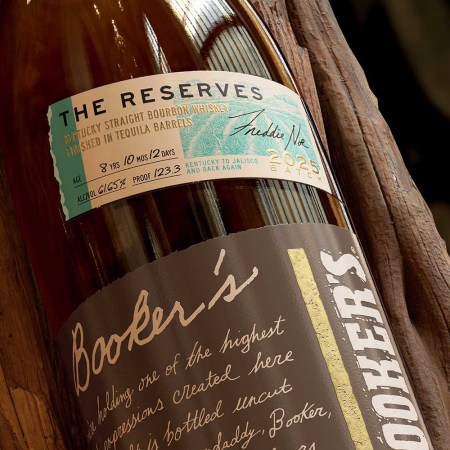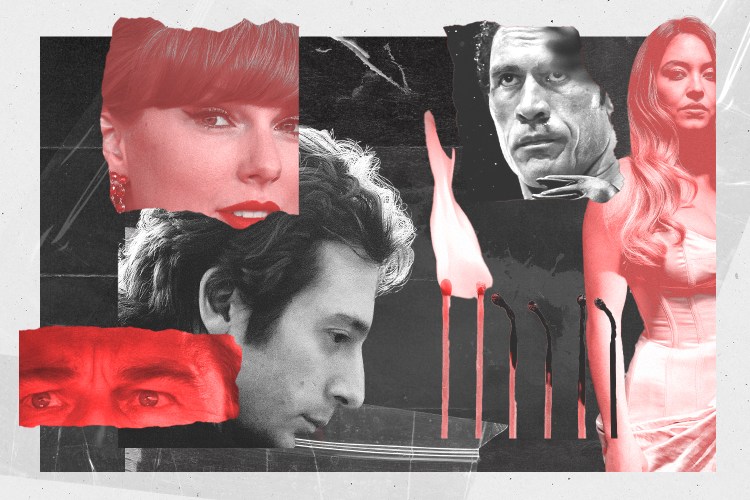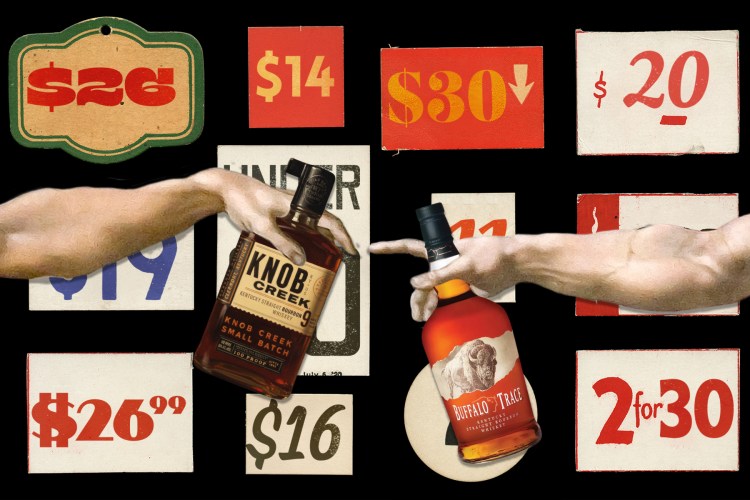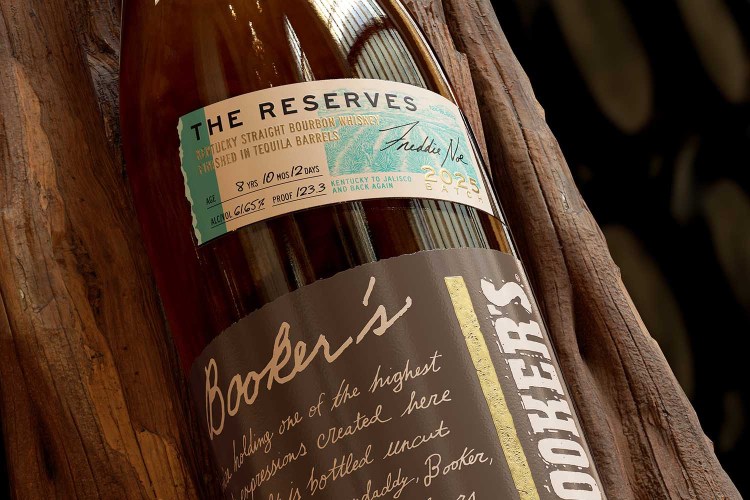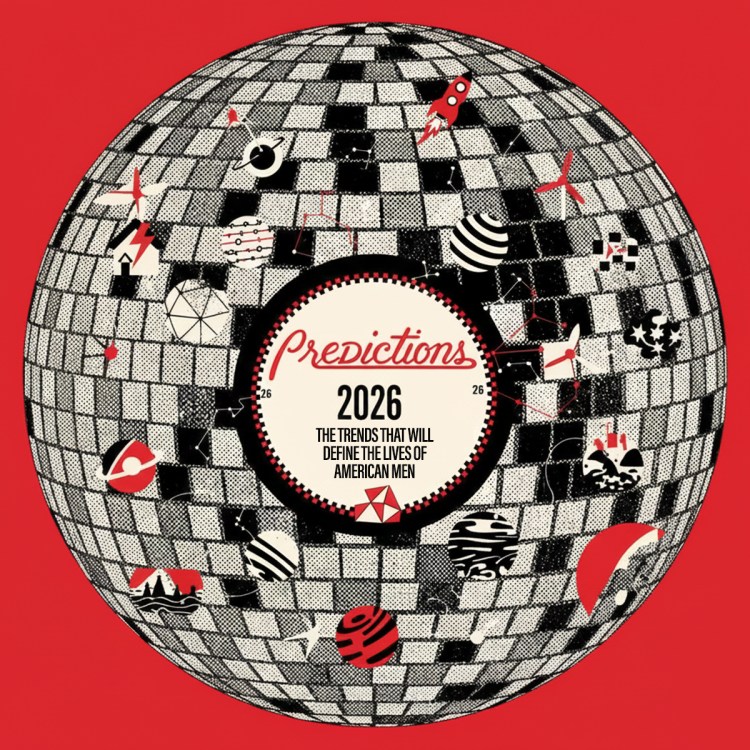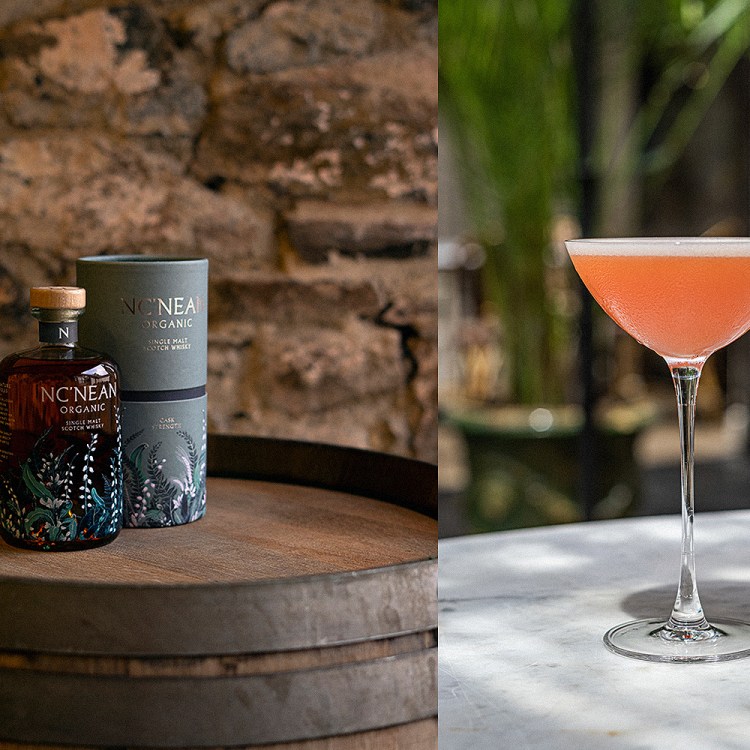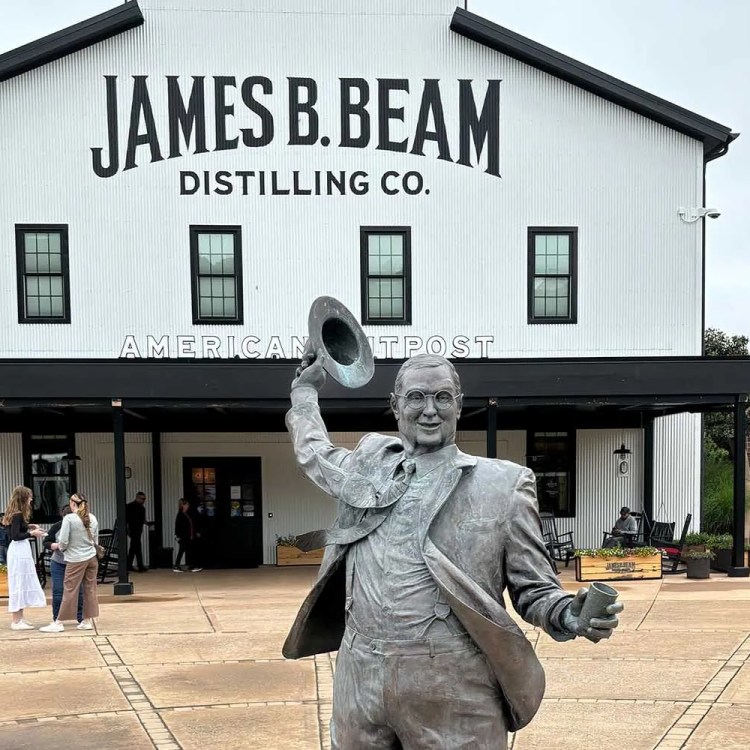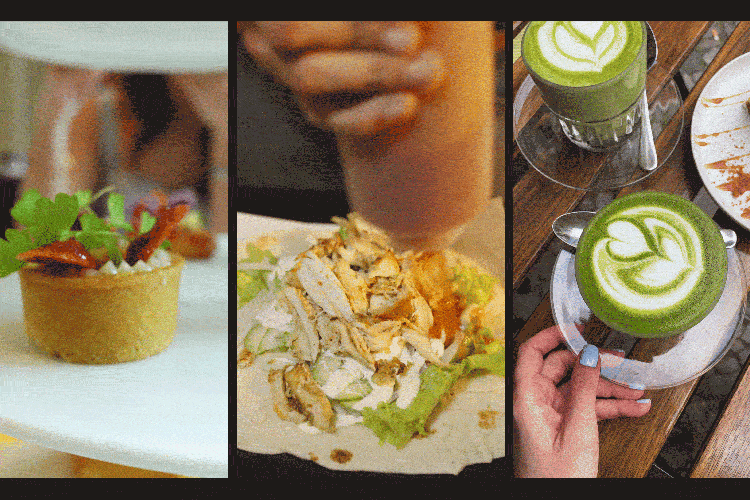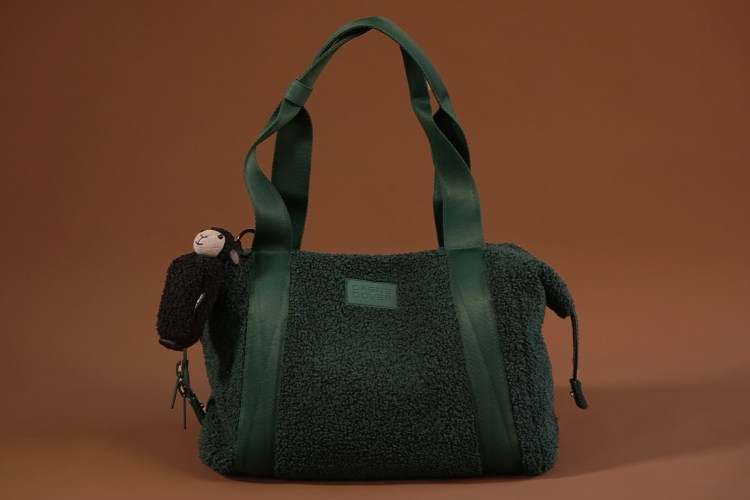Tequila is a simple spirit made of Blue Weber agave, water and yeast. The end product is meant to taste of the mineral-rich, terracotta earth it comes from: herbaceous, citrusy and grassy. But this is not what most Americans have come to expect.
“Before the tequila boom, Americans were whiskey drinkers,” says Denisse Soto, founder of Denisse Soto With Flair, a creative cocktail consultancy specializing in the use of Mexican ingredients. “The bigger brands adapted to American palates, which are closely tied to the whiskey consumer that favored caramel flavors derived from the barrel-aging process.”
Tequila is becoming the fastest growing spirit in the United States, but many industry experts believe that most Americans don’t know what real, additive-free tequila tastes like. Because demand is so high and continuing to rise, there are some players who pull their agave early and rely on additives to correct color or flavor profiles. It’s an issue to which some people are drawing attention.
In the past year, Mexican federal authorities raided a property owned by Grover and Scarlet Sanschagrin, the couple behind the Tequila Matchmaker app that pushed for transparency around additive-free spirits; Patrón walked back an initial additive-free campaign, then went full throttle with what’s likely a multi-million dollar advertising campaign at the start of 2025 to promote their additive-free “since 1989” product; and Sango, an African agave entered the market at a time when bartenders are looking to source agave spirits from countries outside of Mexico to alleviate the stress tequila and mezcal production puts on the environment (and Sango doesn’t face the same regulations as Mexican agave).
Tequila can only be labeled as such if it comes from Mexico. It’s regulated by Consejo Regulador del Tequila (CRT), which allows tequila to be labeled additive-free if it has less than 1% of additives. These could include glycerin, used as a thickening agent to create a heavier mouth feel; sugar-based syrups to sweeten tequila and other flavors that aren’t naturally found in agave; wood or oak extract to give aromas and flavors only achieved through lengthy barrel aging; and caramel coloring used to darken a tequila to mimic the deeper tones of an aged spirit.
Soto says a big part of her work is educating consumers about Mexican spirits, and she tries to promote small, artisanal and family-owned brands she says are most likely using ancestral, slow-manufacturing techniques that don’t require additives; Fortaleza, Cascahuín and Tesoro are among her favorites. If you want to take things further, she recommends doing an online search for the Norma Oficial Mexicana (NOM) number found on every tequila bottle. Search results will spit out all the tequilas made at that distillery. Those with a higher catalog are likely to be mass producing and using inferior techniques or ingredients.
“The people who care about this additive issue are a very, very tiny segment of the market,” says Grover Sanschagrin. “The majority of people really don’t care, but for those who do, it’s important to be able to have some type of transparency on labeling.”
That might have been true a year ago, but the Sanschagrins kicked a hornet’s nest with their hobby, which has re-shaped the tequila industry in a way.
Review: Higher Elevation, Better Tequila? Alto Canto Thinks So.
Ahead of National Margarita Day, we tested all three tequila expressions from Mexico’s highest distilleryThe Turning Tides of Tequila Matchmaker
“We had no intention to make this big of a disturbance,” Grover says. “We thought ‘who’s really paying attention to our silly little tequila app?’ Mostly hardcore geeks and aficionados were the ones interested in the stuff we did. We didn’t expect it to catch on with regular consumers.”
Before the Sanschagrins launched their additive-free program in July 2020, sign-ups to their app were 74 per day. By July 2022, that number jumped to nearly 400 sign-ups per day and has leveled off to 230 now.
“Patrón was on our list of additive-free brands when we first launched,” Grover says. “Because they were a huge brand, I guess Patrón being on our list brought some kind of credibility in the eyes of some in the industry. They got pressure to pull themselves off the list. They did and began trying to work with the CRT on a program of their own, and then it quickly unhappened and Patrón has been dancing around this issue ever since. It’s unfortunate because Patrón is additive-free, and it would be a shame if they weren’t allowed to talk about that property that is a marketing differentiator.”
Whatever qualms Patrón had in the last year have since vanished. The Bacardi-owned brand came out swinging with a massive additive-free advertising campaign on February 25, 2025. Markets such as Los Angeles, New York City and Chicago were all targeted, according to the brand’s press release.
“Based on what we’re seeing — high-visibility takeovers in major cities, branded bus wraps and prominent TV placements — Patrón is likely spending in the ballpark of $15 to $25 million on this campaign,” says Han Nguyen, industry expert and principal at Pinnacle Collective Public Affairs. “This is more than a typical ad buy — they’re trying to saturate the market and position themselves as the gold standard for additive-free tequila. It’s an aggressive play to own that lane before competitors can.”
The Future of Additive-Free Tequila
“It’s become too ridiculous,” Grover says in response to his work tracking additive-free brands, which led to the raiding of his home by the CRT. “Brands that were benefiting the most began to see potential harm with threats of factory shutdowns and product seizures, and that’s not what we’re about. We pulled the list down for all tequila brands. Will we continue this work? I think we’ve proven our point. Now it’s up to the Mexicans to figure out what they want to do.”
Soto agrees that more regulation is needed. But before echoing a narrative that villainizes the CRT, she wants to remind people of their role and focus on protecting plants and techniques indigenous to the country.
“CRT wasn’t created to police brands, it was created to protect the origin of tequila, the plant and process,” she says. “If CRT doesn’t exist, the designated marker of what qualifies as tequila means anyone can produce it and other people outside of Mexico can use it. We lose our identity.”
Every Thursday, our resident experts see to it that you’re up to date on the latest from the world of drinks. Trend reports, bottle reviews, cocktail recipes and more. Sign up for THE SPILL now.


